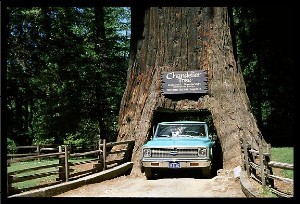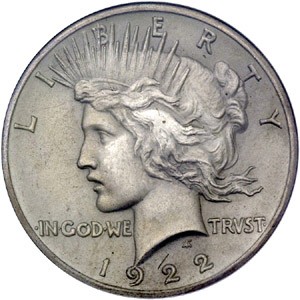Every year around this time, I teach Civil War history at Orinda Intermediate School, and I’ve been doing this for a long time. A lot of modern weapons were invented or first used in the Civil War, including repeating rifles, land mines, iron battleships, submarines, and machine guns. However, a lot of other inventions came out of the Civil War besides weapons. Some of them might surprise you.
 1. Can openers.
1. Can openers. Union soldiers ate a lot of canned food during the Civil War. Although canned food had been around for 50 years prior to the Civil War, strangely, nobody made can openers prior to the war. Prior to the Civil War, people opened tin cans with hammers and chisels or hatchets. Opening tin cans made a huge mess and frequently injured the person trying to open the can. After many soldiers were injured opening tin cans, the Union army started ordering and distributing can openers to soldiers in 1862.
2. Home delivery of mail. Prior to the Civil War, people picked up their mail at the post office. During the war, the number of letters being mailed increased dramatically, as soldiers wrote home to their families and families wrote to soldiers. In 1863, the post office started delivering mail to people’s homes, but only in cities where the cost of the postage was less than the cost of delivering the letter. In other words, the post office began home delivery of mail where and when it was profitable.
3. Left and right shoes shaped differently. Prior to the Civil War, right and left shoes were interchangeable. During the Civil War, experiments conducted by the U.S. War Department showed that soldiers could march much farther without exhaustion when wearing boots cut differently for the right and left foot. Union soldiers were given boots shaped for the right and left foot, but Confederate soldiers continue to wear the old style interchangeable boots. That proved to be a big disadvantage on long marches, like from Virginia to Gettysburg.
4. National paper currency. The U.S. government did not start printing paper money until the Civil War. The U.S. government made coins, but not paper money. Most paper money was made by state chartered banks. The U.S. government quickly ran out of gold and silver coins early in the war and began printing paper money in 1861. Counterfeiters were not far behind. By the end of the war, the U.S. government estimated that about 1/3 of all the paper currency in circulation was counterfeit.
5. Standard premade clothing in sizes small, medium, and large. Prior to the war, stores carried clothing in one size only. If something didn’t fit, you had to take it to a seamstress to make it bigger or smaller. The army found that it was cheaper and more efficient to buy clothing in different sizes.
6. Absentee ballots. Northern politicians knew that Union soldiers were likely to vote Republican, so Republican-controlled state legislatures passed laws allowing soldiers to vote by mail.
7. Income tax. The U.S. government needed money to finance the war. Prior to the Civil War, the federal government had very little income, most of which came from liquor taxes and import duties.
8. Military aircraft. The Union army used hot air balloons for reconnaissance. They would send a soldier up in a balloon with a telescope. He would look down at what was going on behind Confederate lines and write down on a piece of paper what he saw. Then he would tie the paper to a small rock and drop the rock out of his basket. A soldier on the ground would remove the paper from the rock and take it to headquarters. This was observed by a young German military officer named Count Ferdinand von Zeppelin. He was sent to the U.S. by the Bavarian government during the Civil War to observe and report on new weapons. Zeppelin was fascinated by the hot air balloons being used by the U.S. army. He returned to Germany, where he invented the zeppeli





